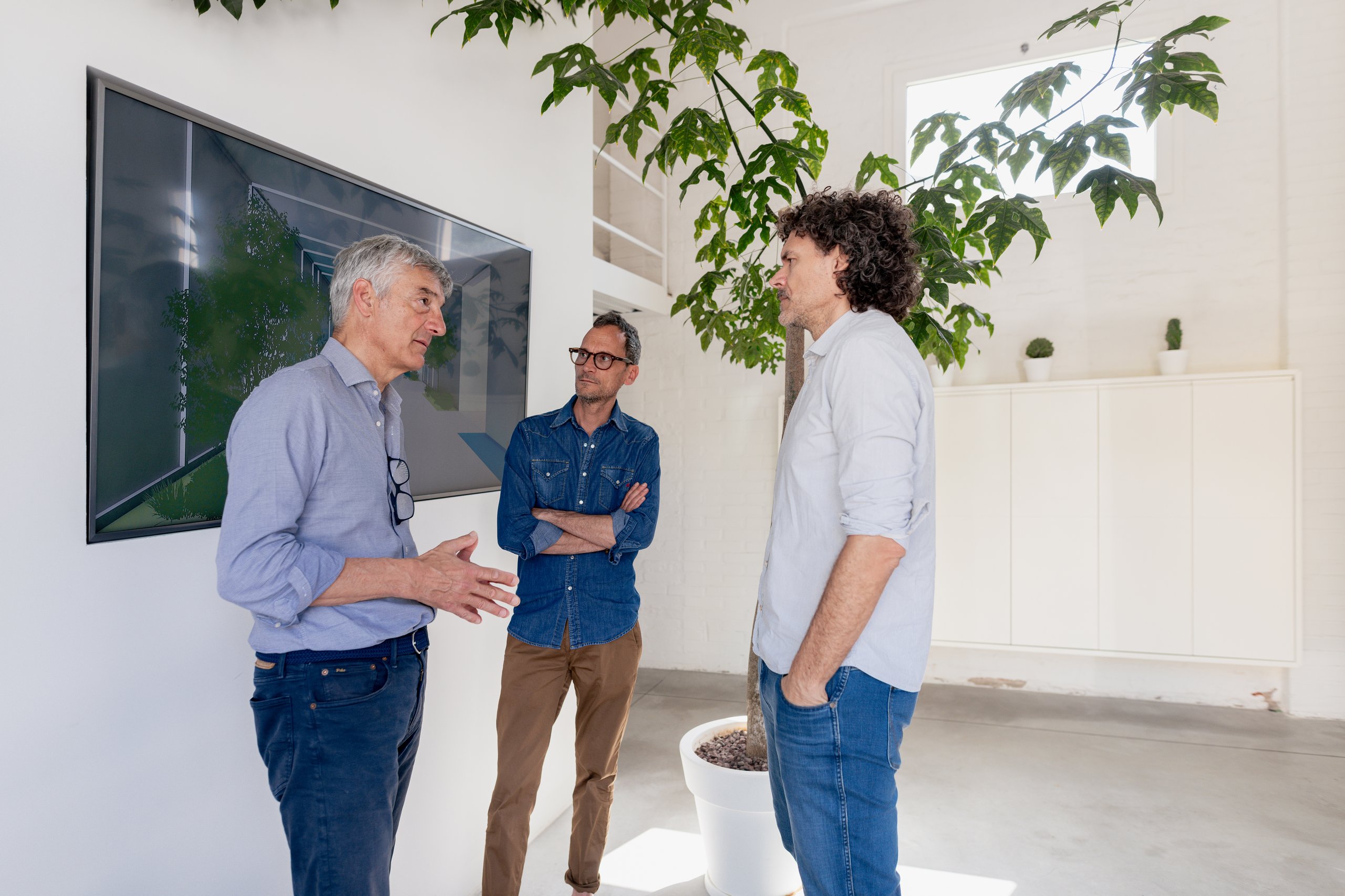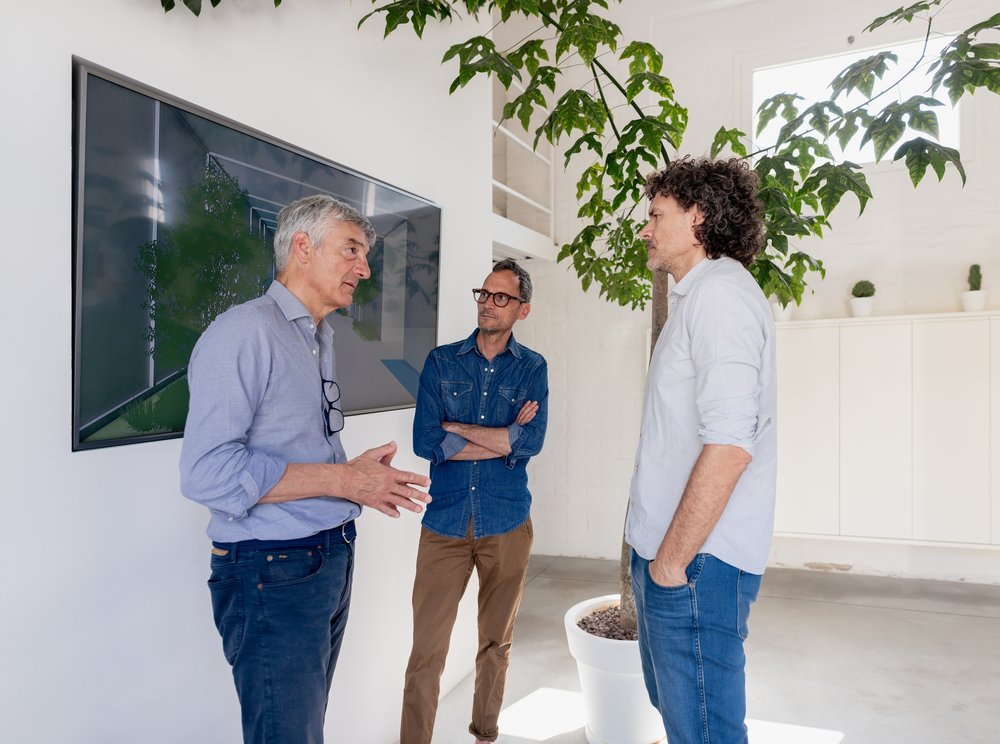



The customer's well-being always comes first.
Let’s start with a basic premise:Our role has completely changed in recent years.
In the past, the client would rely almost entirely on the professional: maybe they’d flip through a few magazines while studios were filled with various subscriptions, glance at some models, and then leave it to the expert. Today, everything is different. Clients come in with images saved on their phones, references found online, and increasingly specific wishes. They are more involved, more informed, more demanding.But this hasn’t diminished our role, on the contrary, it has made it even more central.
Today, the architect is first and foremost an interpreter. A consultant with vision, capable of uncovering the hidden potential in every request, even when it’s confused, instinctive, or unspoken.From a mere professional and expert, the architect has evolved into an ally: someone who listens, who asks questions, who guides the client through a journey often filled with emotion and anxiety like that of building or transforming a home.
The starting point? The right questions.
At GAA, that’s where everything begins: with listening.There can be no project without a deep understanding of the person in front of us.Every client lives differently, dreams differently, moves at a different pace, and has different passions. It goes without saying: the ideal home looks different for everyone. And it’s our job to find that form.
That’s why we begin with a series of questions because we need to truly understand who is behind the architectural dream.
How do you live your spaces? Where do you truly feel at home? What is your relationship with light, with silence, with nature? Do you love cooking for many, or do you prefer a quick breakfast? Do you need solitude or connection?Each answer gives us direction, a detail that helps us build a project that isn’t just beautiful, but also honest.
The Three Pillars of Well-being
For us, customer well-being is not an abstract concept. It’s something we build with care and method, something we imagine as having three essential branches, all fundamental to a truly successful project.
First and foremost, well-being is aesthetics, because beauty helps us feel good.Well-being is also living comfort, because a home must be equipped with the right services and technologies to be lived in at its best.And well-being is functionality. A well-designed home is one where everything works: no errors in layout, in space, in light management or movement flow.It’s a home where the client feels completely at ease, where every choice has been made for them and with them.A place that feels like theirs from the very first day.
How is GAA structured?
The client must always feel supported.Throughout the entire design process, there is always a dedicated contact person, an architect who works within a well-structured team capable of handling every aspect together: creative, technical, and organizational. The team shares ideas, collaborates, and the client always knows exactly who to turn to for any question or need.
This system allows us to maintain high design quality while offering a smooth, secure, and stress-free experience.
Our language remains consistent. Even as we tailor our work to the needs of different clients, our signature becomes ever more defined recognizable in every space we create: essential, elegant, contemporary.
It is then up to the architects to reveal the unique soul of each home, because every client is different and that diversity is a strength that fuels our creativity.
After all, our job is precisely this: to transform each person’s uniqueness into an architecture that reflects them, welcomes them, and makes them feel protected.
Well-being is not something imposed from above, but a condition built together.
As the philosopher Gaston Bachelard once wrote, “The house is our corner of the world. Our first universe.”
To us, going home should mean returning to the one place you always want to come back to.
